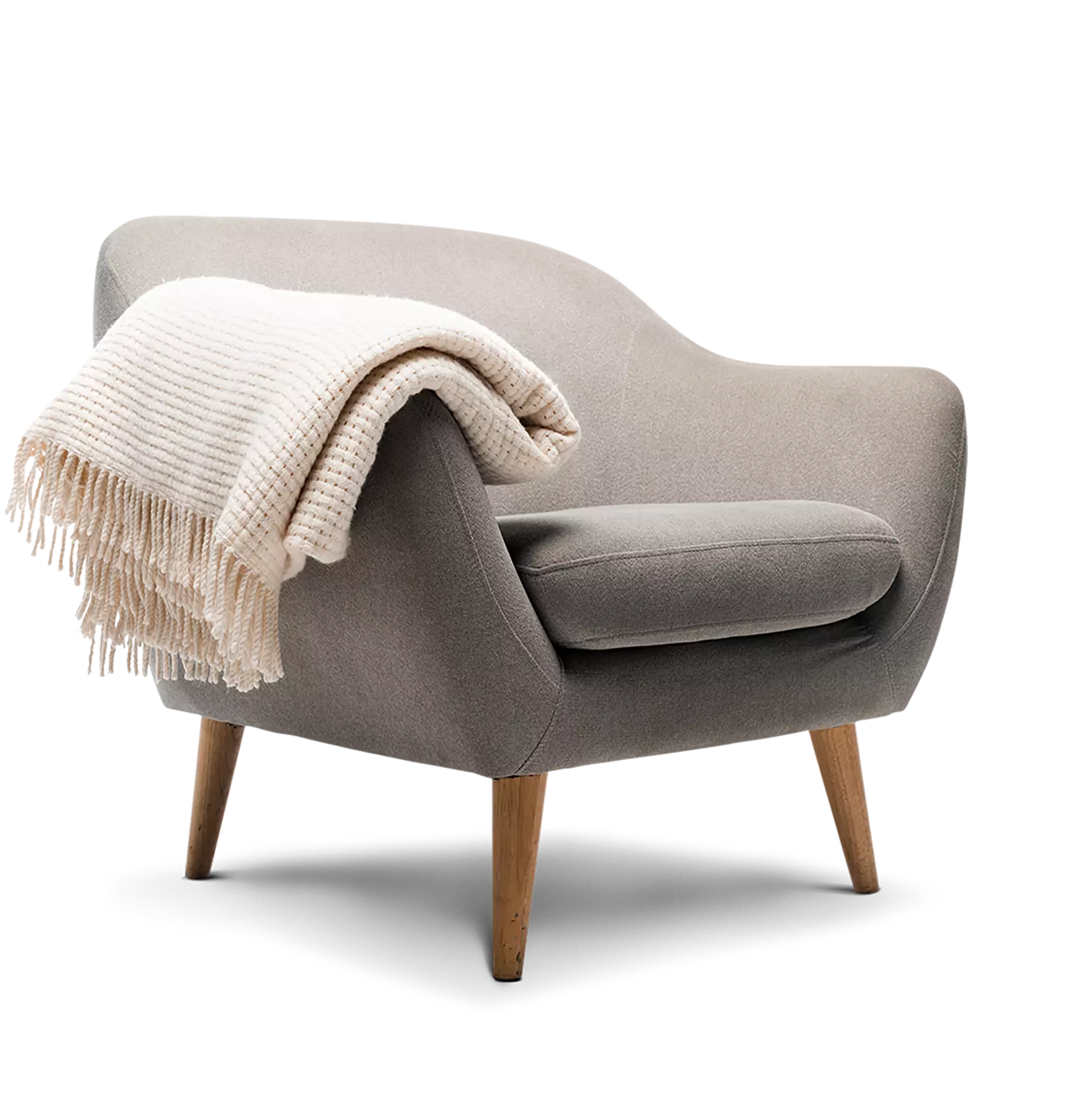Balancing Ecommerce and In-Store Consumer Preferences
Balancing Ecommerce and In-Store Consumer Preferences
Balancing Ecommerce and In-Store Consumer Preferences
19 Nov 2020
 Aptean Staff Writer
Aptean Staff Writer 
It isn't surprising that ecommerce sales are surging amid the ongoing pandemic. Between government restrictions, stay-at-home orders and various safety measures, the challenges of shopping at a brick-and-mortar store are overwhelming. Shoppers are more efficiently and more safely buying whatever they need online and from the comfort of their own homes.
Look no further than brick-and-mortar retail powerhouses Target and Walmart for proof. Walmart experienced a 97% surge online in the second quarter, while Target reported its online sales were up 195%. Amazon, which primarily sells online, only saw its net sales rise 40% in the same period.
What does all of this mean for you? There are limitless opportunities and potential within the ecommerce sector.
We all know the pandemic has ushered in a series of widespread shifts and changes for the consumer goods industry. This has been a good thing for some retailers (see: Lowe's and Kroger), but others have struggled to keep their doors open (see: Macy's and Century 21). An ecommerce presence doesn't guarantee success, but it certainly better positions you for it in times like these.
As retailers embrace online orders, the consumer goods businesses that support them must be prepared for the consequential flood of additional orders. These ecommerce orders increase the volume of orders that need to be processed and shift fulfillment requirements. The warehouse becomes infinitely more complex, and traditional shipping methods no longer work.
Distributors now are shipping directly to the consumer as well as to retailers instead of just fulfilling large pallet orders to retailers. These orders directly to consumers are generally smaller in size, so there will be an increased volume of orders while the order sizes themselves decrease. A consumer order may be for just one item leading to hundreds or thousands of small orders needing to be picked, packed and shipped. Warehouse picking and packing processes, label printing and packaging processes must shift.
Some vital consumer goods businesses, like Honey-Can-Do, were already prepared for an influx of online orders, but others have been slower to this kind of transition. It is essential to be able to pivot your business quickly. We anticipate both ecommerce and brick-and-mortar stores will continue to exist alongside each other. Still, it's also necessary to have the ability to shift between the two channels seamlessly.
The pandemic's particular circumstances require consumer goods businesses to be flexible in fulfilling individual direct-to-consumer (DTC) ecommerce orders instead of the typical, sizeable retail brick-and-mortar orders.
This is where a robust enterprise resource planning (ERP) solution is critical. Consumer goods importers and distributors need the right technology to efficiently manage and support both ecommerce and retail brick-and-mortar orders while also scaling up and back as necessary. A lot of work goes into processing, packaging and shipping orders correctly. A software solution that makes all of those processes more effective and efficient can change the game for your consumer goods business.
A centralized, near real-time data repository is one of the most significant benefits of an industry-specific ERP. This gives you visibility into your warehouse's operations and processes as they're happening. You can track orders, manage inventory, print shipping labels and everything in between within a single solution. You're able to handle the thousands of single-parcel ecommerce shipments efficiently and without capacity restraints.
It's about creating a balance of the old and the new for retailers at a time when consumers are shifting their habits. Being able to pivot across the varying buying channels to meet demand quickly is essential for retailers and consumer goods distributors. There's always going to be change, but it's crucial to balance old patterns and habits while adjusting to a new way of doing things. Retailers managing both an online presence and a four-walled institution need the support of consumer goods importers and distributors to fulfill those orders across the different consumer buying channels.
If you'd like to talk more about how an industry-specific ERP can help you adapt to the new buying and selling landscape, reach out to our team of imports and distribution experts. We'd love to talk.
Ready to Start Transforming Your Business?
We’ve got the specialised ERP solutions you need to conquer your industry challenges.



